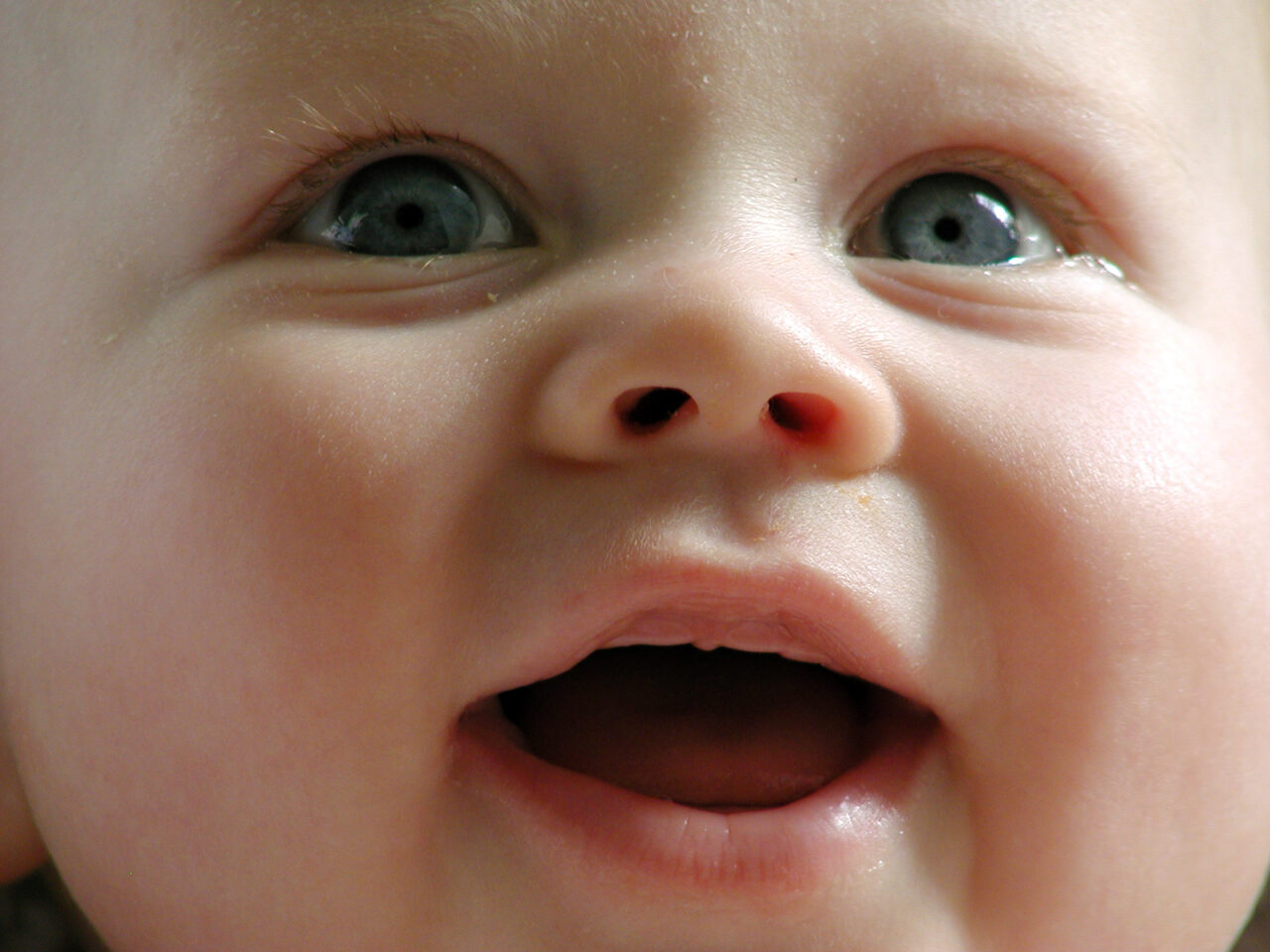
Shaken Baby Syndrome: the urgent need for prevention
Find out more about this survey published in Le Cercle Psy magazine. SBS. These three letters, well known to health professionals, stand for Shaken Baby Syndrome, a violent act with serious consequences for the young victim and her family.
« I don’t know what’s harder: thinking about losing your child? Knowing he’s been abused? Living with rage and hatred as roommates? Being wrongly suspected and spending 26 hours in police custody? Not knowing what really happened? Watching him grow up with a sword of Damocles hanging over his head? » Marie Lemeille Santais[1], mother of Erwan, a little boy shaken at the age of 6 and a half months by someone outside the family, went on to become vice-president of the Stop Bébé Secoué association[2]. Shaken Baby Syndrome is a non-accidental cranial trauma (NACT)[3] that occurs when an adult – most often overcome by a child’s crying – violently shakes the child to silence him or her.
Multiple after-effects
The violence of the adult’s action, combined with the fragility of the baby’s neck musculature and the heaviness of his head, can lead to serious damage not only to the brain, but also to the retina and spinal cord. The baby’s head is swung back and forth so quickly and strongly that the brain hits the skull walls, tearing blood vessels. Each jolt is likely to crush brain tissue against the skull. The potential after-effects of SBS are manifold, as Anne-Laurent Vannier, chairwoman of the Haute Autorité de Santé (HAS) working group on shaken babies, points out [4]: » the after-effects [sont] are primarily intellectual. (learning difficulties leading to mental deficiency), behavioral (agitation, aggressiveness, lack of initiative, etc.), visual (poor eyesight leading to blindness) , as well as motor and somatic (epilepsy), which are often major and permanent ». Marie Lemeille Santais adds: » The after-effects of SBS can arrive very late… I have the example of a little girl who was doing quite well until she was 11, then the delays started to become imposing until she was taken out of school ». It should be noted that little boys are more affected by shaking than little girls, and that two-thirds of cases occur before the age of six months. Prematurity and multiple pregnancies are also risk factors.
Fathers in action
As for the perpetrators, the profiles are varied and concern all socio-cultural backgrounds. In the majority of cases (70%), the perpetrator is a man, usually the child’s father. Of the 151 cases analyzed by an American research team[5], the mother’s partners were involved in 20% of cases, and baby-sitters in 17%. In his doctoral thesis on SBS, Etienne Mireau points out that these parents were unaware of a baby’s normal needs and behaviors. Also, the young age of the parents is often highlighted as an additional risk factor, as is substance abuse and the presence of domestic violence in the home.
Difficult prevention
So how can this form of abuse be prevented? The first prevention program, called « Don’t shake a baby », was carried out in the USA in 1992. It involved informing parents about the meaning of infant crying and how to support them. Research carried out in 2011 on a group of 19 maternity hospitals over an 8-year period showed a 75% drop in the number of shaken babies thanks to the prevention program put in place (brief consultation with a nurse accompanied by a video lasting a few minutes). In France, little research on this scale has been carried out, as most of these studies require extensive, costly and time-consuming technical resources. Nevertheless, a number of preventive measures have been implemented in France, including the one illustrated by Philippe Geluck: « Never shake a baby, shaking can kill or handicap for life », and the one carried out by the Necker team: « Don’t shake your baby, it’s fragile ».
« Je pleure donc je suis »: a shock short film to share
The Vendée département has produced an excellent preventive short film on SBS that should be viewed by all young parents and professionals in charge of infants. The ten-minute film is freely available on the Internet.
Underestimated statistics
Between 120 and 240 infants are thought to be affected by SBS every year in France. However, this figure is very likely to be underestimated. Many parents tell the medical profession that their child has fallen or that they have tried to resuscitate him/her, fearing the legal implications. The diagnosis of SBS is therefore difficult to make, especially as no automatic autopsy is carried out for children who die unexpectedly. It’s worth noting that in half the cases of babies recorded, the shaking had been repeated an average of 10 times, from 2 to 30 times on the same child.
« I’m hot. I can’t take it anymore… » the anger thermometer ©
This tool[6], developed by Sylvie Fortin, a nurse and researcher at CHU Sainte-Justine in Montreal, is designed to make parents aware of the anger that builds up when their baby cries. This 6-page leaflet, which suggests strategies for relaxing, is an excellent teaching aid.
[1] Extract from her testimony « Shaken Baby Syndrome: ‘These sordid stories don’t just happen to others' » published on the Parole de Mamans website.
[2] This young mother tells us that more than two years after the events, they have still not obtained a confession from the presumed perpetrator and will not yet know whether the case will be dismissed.
[3] SBS is also known as Traumatic Brain Injury (TBI).
[4] Extract from his article « Syndrome du bébé secoué. Des séquelles irréversibles » published in L’école des parents magazine 2014, n°610.
[5] Starling SP, Holden JR, Jenny C. Abusive head trauma: the relationship of perpetrators to their victims. Pediatrics1995;95, 259-62.
[6] Editions CHU Sainte-Justine, 2002.
